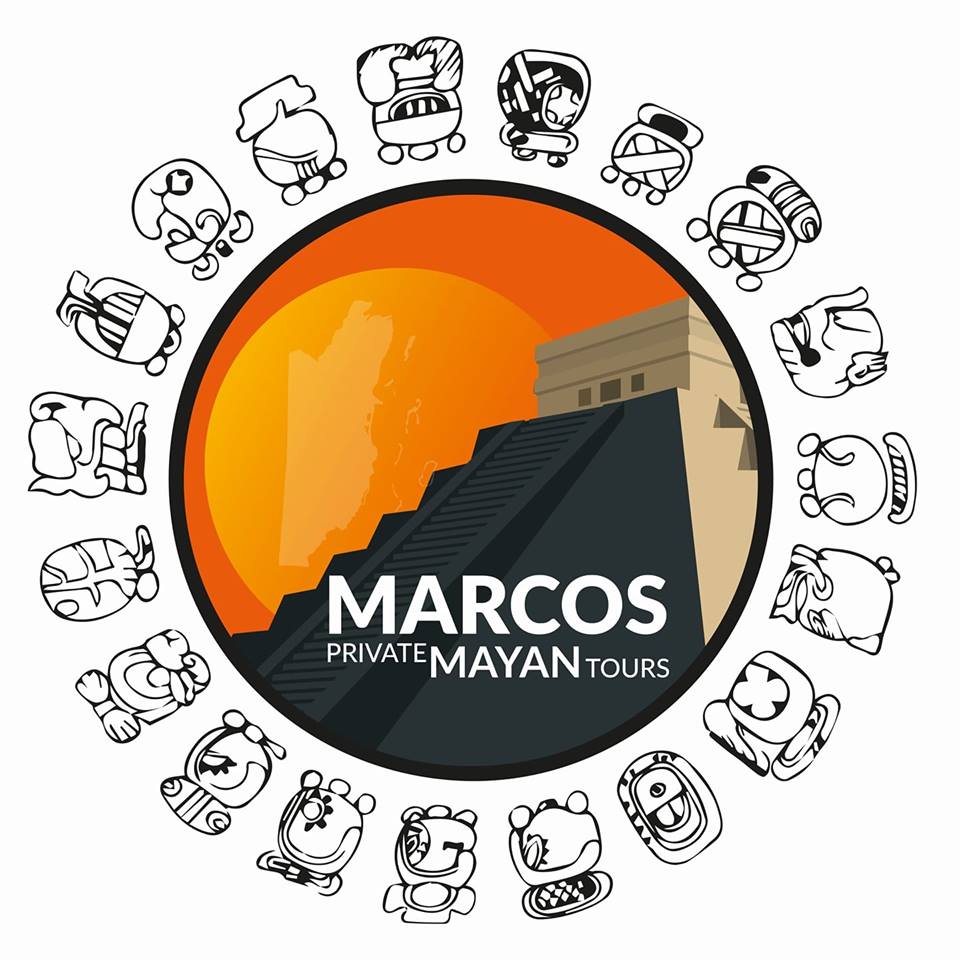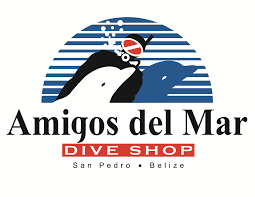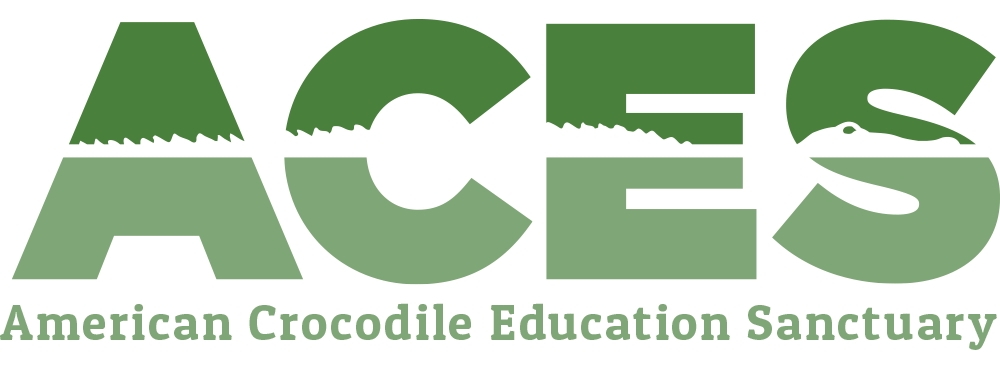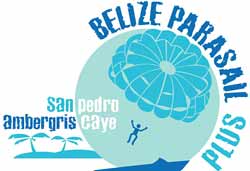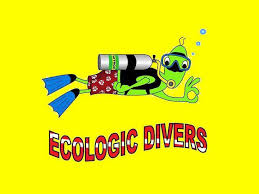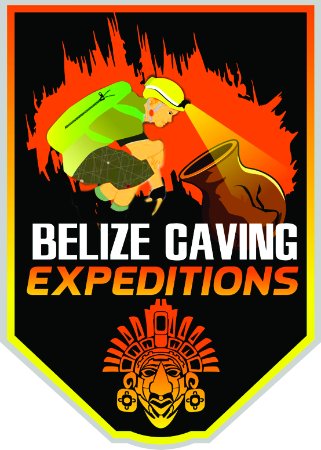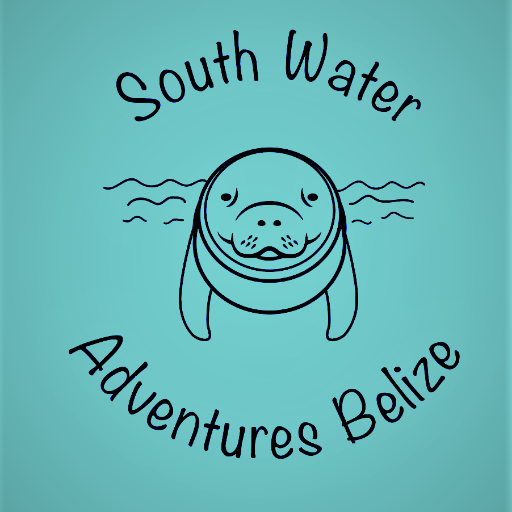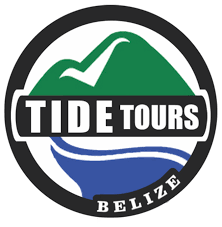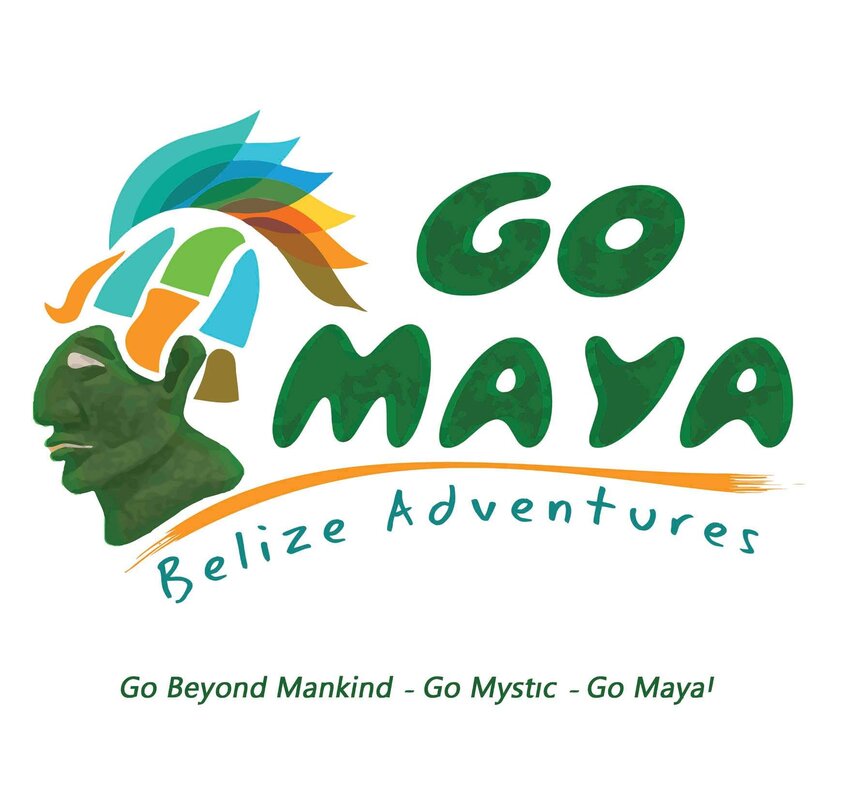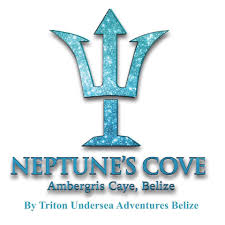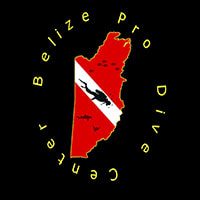|
Before there is chocolate, there is a tree. These trees grow in the rainforests of the world, located 20-degrees above and below the equator, of which Belize is a part of. The cacao tree is suited to grow perfectly within the latitudes of 20 degrees north and 20 degrees south of the equator. Cacao trees grow under the great canopy of towering shade trees. These graceful trees bear fruit that looks like footballs and grows straight out of the trunk. The cacao pods thrive in the tropical heat around the equator, and produce an array of colors and shapes. The pods can range from bright green to pale yellow, dark purple to burnt orange or Crimson. The cacao tree does not have a distinct harvest season, it puts forth flowers continuously, but only about 3 out of a 1000 get pollinated and progress to fruit. They are pollinated by midges (nat-like bugs) that love the rainforest. It takes 5-8 months for a bud to progress to a ripe fruit. (3) Main Varieties of Cacoa Beans Three main varieties of cocoa are: Criollo, Forastero, and Trinitario. Cacao production in Belize, mainly focuses on Trintario and Forastero varieities. The Trintario is the most widely used, comprising 80–90% of the world production of cocoa. The Trinitario - Trinitario is a hybrid of Criollo and Forastero cacao. These are normally more resistant to diseases than the Crillo but are not normally found in the wild. The pods contain up to thirty or more beans varying in colors but rarely white in color. The outside color of the pod varies ranging from green, light green, red, yellow. Fermentatin also takes approximately three to five days (3-5 days). The Forastero - Forastero pods produce up to 30 seeds weighing less than one gram. The color of the pod varies to green, light green and red, while the inside of the pod is covered in a deep or light purple pulp It has a strong bitter taste (strongest flavor). Therefore, the fermentation normally takes about six to eight days (6-8 days). It is most common in West Africa and South America and it makes up most of the cacao production. The Criollo - Criollo pods tend to be much rarer, and considered to be a delicacy. Cacao has lower yields than Forastero and the Criollo tend to be less resistant to several diseases that attack the cocoa plant, hence very few countries produce it. One of the largest producers of Criollo beans is Venezuela (Chuao and Porcelana). The Criollo mainly used for tine chocolates, contains up to fifteen to thirty white, ivory or pale purple seeds which weight more than one gram. These have pointed-ended pods, its color reanges from yello to ruddy orange whitle the inside appears almost white. It has a softer skin, its flower is white with two pink lines. These do not require a lot of fermentation and roasting to soften them and develop their flavor. Fermentation takes approximately three to five days (3-5 days). Belize Exports Annually (Statistics as of 2016) United Kingdom (34%) $69,273,699. USD United States (23%) $47,304,948. USD Cultivation A cocoa pod (fruit) has a rough, leathery rind about 2 to 3 cm (0.79 to 1.18 in) thick (this varies with the origin and variety of pod) filled with sweet, mucilaginous pulp (called baba de cacao in South America) with a lemonade-like taste enclosing 30 to 50 large seeds that are fairly soft and a pale lavender to dark brownish purple color. During harvest, the pods are opened, the seeds are kept, and the empty pods are discarded and the pulp made into juice. The seeds are placed where they can ferment. Due to heat buildup in the fermentation process, cacao beans lose most of the purplish hue and become mostly brown in color, with an adhered skin which includes the dried remains of the fruity pulp. This skin (or shell) is released easily by winnowing after roasting. White seeds are found in some rare varieties, usually mixed with purples, and are considered of higher value. There are over 25 cacao farms located in Southern Belize. Harvesting the Beans Belize Harvesting Season (November to June) Chocolate begins with Theobroma Cacao tree. Pods from this tree are harvested for the making of chocolate only once fully ripened. Unripened pods yield beans with low cocoa butter content and low sugar content. The natural sugars in cocoa beans fuel the fermentation process, which is responsible for much of the classic cocoa flavor. Once harvested, the seeds are separated from the pods and pulp and allowed to begin the fermentation process. Cocoa trees grow in hot, rainy tropical areas within 20° of latitude from the Equator. Cocoa harvest is not restricted to one period per year and a harvest typically occurs over several months. In fact, in many countries, cocoa can be harvested at any time of the year. Pesticides are often applied to the trees to combat capsid bugs, and fungicides to fight black pod disease. Immature cocoa pods have a variety of colours, but most often are green, red, or purple, and as they mature, their colour tends towards yellow or orange, particularly in the creases. Unlike most fruiting trees, the cacao pod grows directly from the trunk or large branch of a tree rather than from the end of a branch, similar to jackfruit. This makes harvesting by hand easier as most of the pods will not be up in the higher branches. The pods on a tree do not ripen together; harvesting needs to be done periodically through the year. Harvesting occurs between three and four times weekly during the harvest season. The ripe and near-ripe pods, as judged by their colour, are harvested from the trunk and branches of the cocoa tree with a curved knife on a long pole. Care must be used when cutting the stem of the pod to avoid damaging the junction of the stem with the tree, as this is where future flowers and pods will emerge. One person can harvest an estimated 650 pods per day. Fermenting the Beans Fermenting the Cocoa Beans The wet beans are then transported to a facility so they can be fermented and dried. The farmer removes the beans from the pods, packs them into boxes or heaps them into piles, then covers them with mats or banana leaves for three to seven days. Raw cocoa beans have a bitter and undesirable flavor. Fermentation transforms this bitterness making it into the more complex precursor to the classic cocoa flavor we are familiar with. Fermentation is achieved with natural yeast and bacteria that are present in the cocoa beans. The beans are simply left out in the heat and moisture to ferment for approximately seven days. After fermentation, the beans are quickly dried to prevent mold growth. Drying the Beans Drying Cocoa Beans Finally, the beans are trodden and shuffled about (often using bare human feet) and sometimes, during this process, red clay mixed with water is sprinkled over the beans to obtain a finer color, polish, and protection against molds during shipment to factories in other countries. Drying in the sun is preferable to drying by artificial means, as no extraneous flavors such as smoke or oil are introduced which might otherwise taint the flavor. Cleaning the Beans Cleaning the Cocoa Beans After the beans have dried, they are cleaned for any additional pieces of dried cocoa pulp, pieces of pod and other extraneous materials. Shipping the Beans Bagging the Beans for Shipment The beans should be dry for shipment (usually by sea). Traditionally they are exported in jute bags. Shipping in bulk significantly reduces handling costs (shipment in bags), is still very common. For Beans Which Stay in Belize |
Is located on the island of Ambergris Caye, directly across from the Belize Barrier Reef, off the mainland coast of Belize. The property is nestled in a cluster of Australian Pine trees, backed to a littoral jungle, and surrounded by tropical gardens. It's about a one minute walk from the property to the beach, and a 10-15 minute drive from the island airstrip to the property.
We offer one bedroom suites (455 s.f.) of living area to include: livingroom, kitchenette, private bathroom and bedroom. We are also about a one minute walk from one of the best restaurants on the island serving (breakfast, lunch & dinner). Within walking distance you can find: (3) blocks is Robyn's BBQ (4) blocks is 2 fruit stands (5) blocks local grocery store IF YOU'RE COMING TO BELIZE TO............... If you're coming to Belize to dive the Blue Hole, descend the shelf walls at Turneffe, snorkel the Barrier Reef, explore Mayan ruins, rappel into a cave, kayak along the river through caves, zip line through jungle tree tops, hike through a cave to see an ancient human skeleton, swim with sharks, listen to Howler Monkey's, hold a boa constrictor, feed a jaguar, horseback ride through the jungle, canoe through a cave, rappel down a waterfall, sail around an island, enjoy cocktails & dinner to a sunset, climb 130' feet to the top of a Mayan ruin, rip up the jungle trails on an ATV, float through a series of caves on a tube, and sip on a rum punch..... then this is the place for you. Belize Budget Suites, offers you clean, affordable, attractive, accommodations, at prices that allow you to do all the things just mentioned. Archives
February 2021
Categories
All

For All Your Home Improvement Needs

For all Your Real Estate Needs
501-226-4400 10 Coconut Dr. San Pedro, Belize Your Ad Could Go Here
|

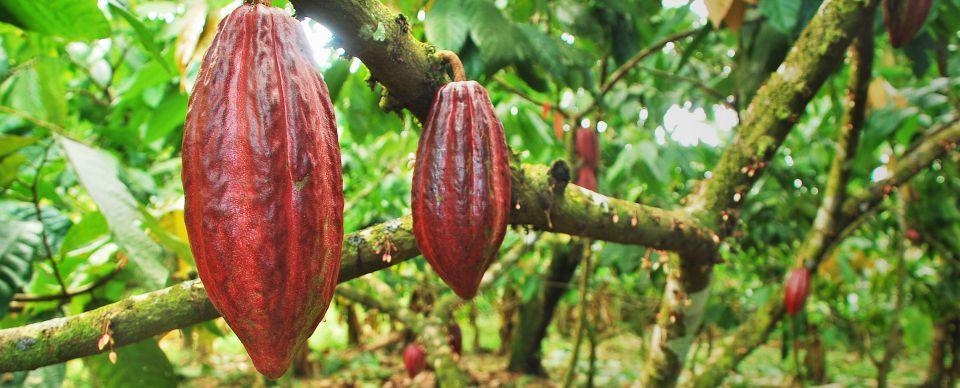
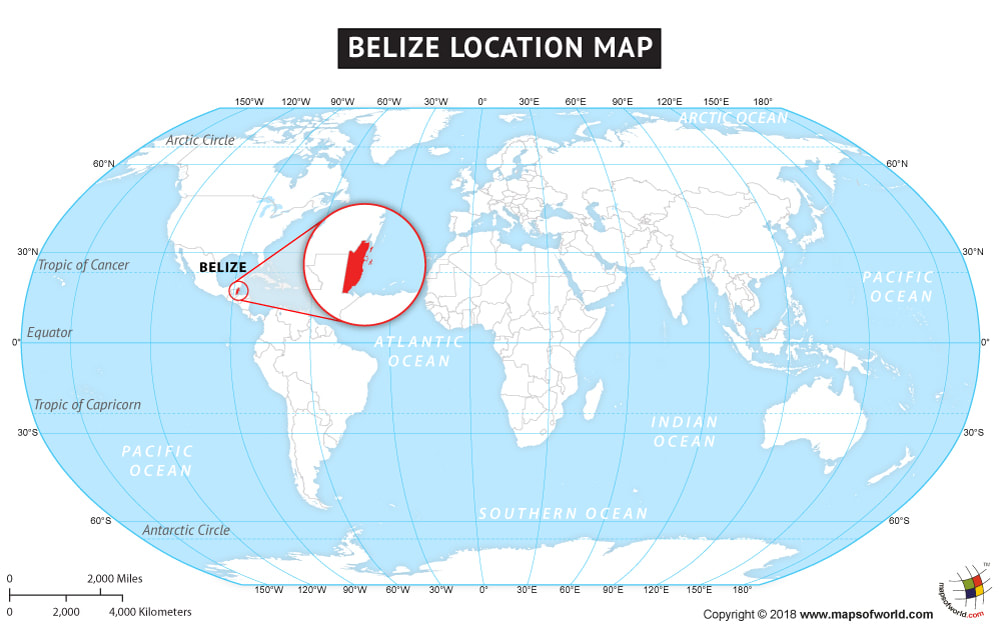
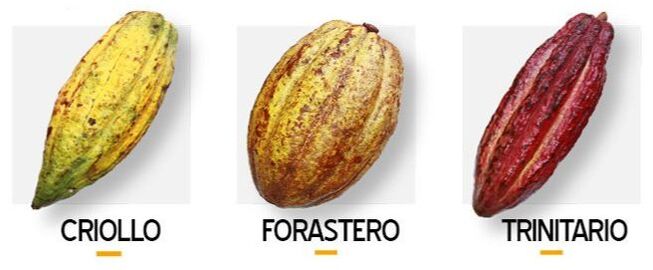
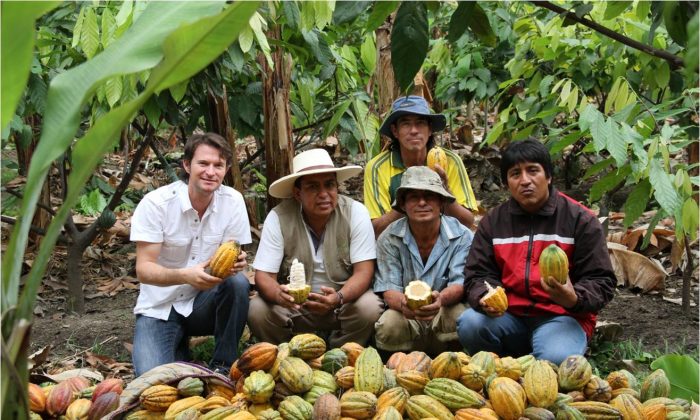
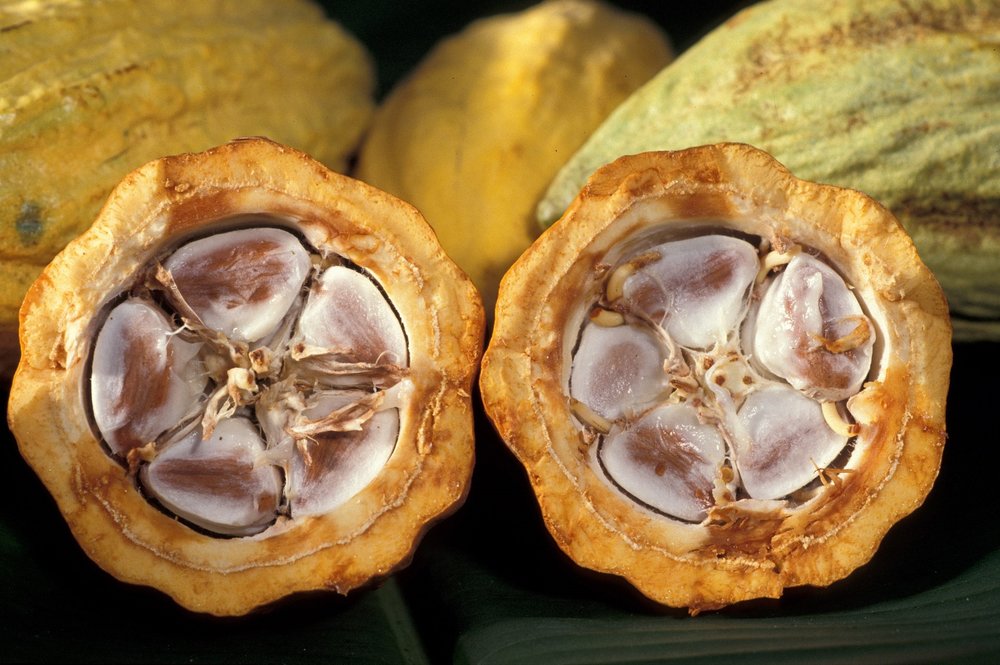
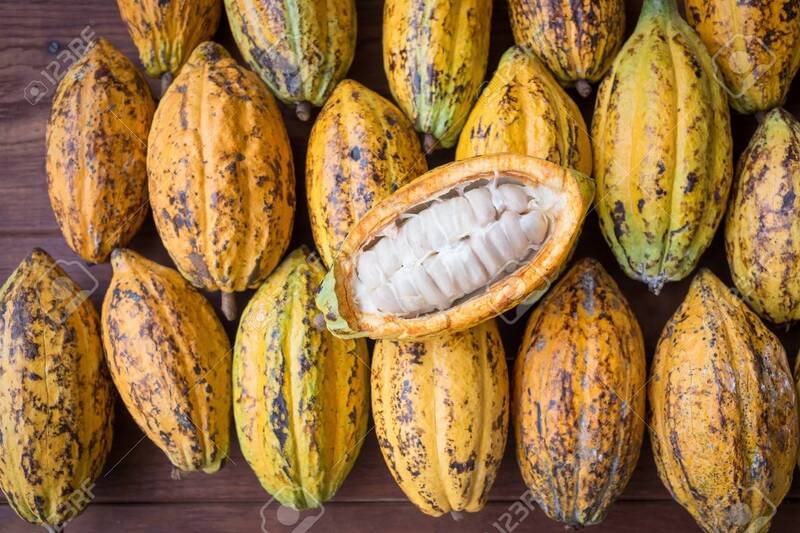
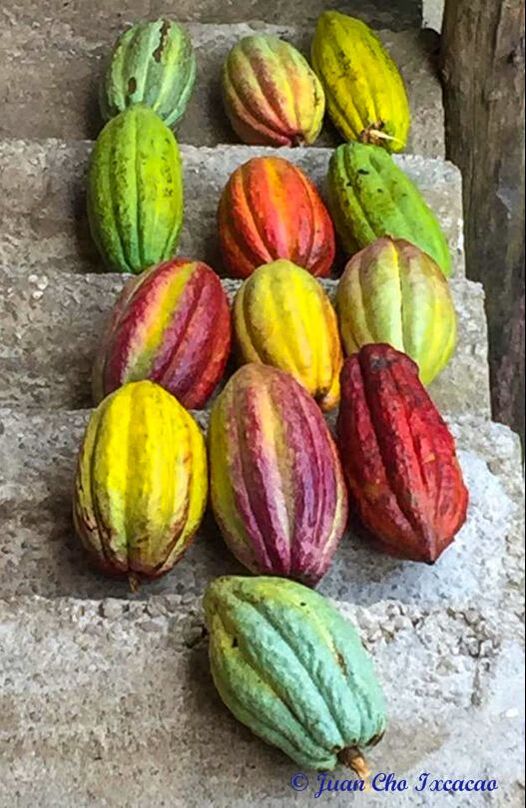
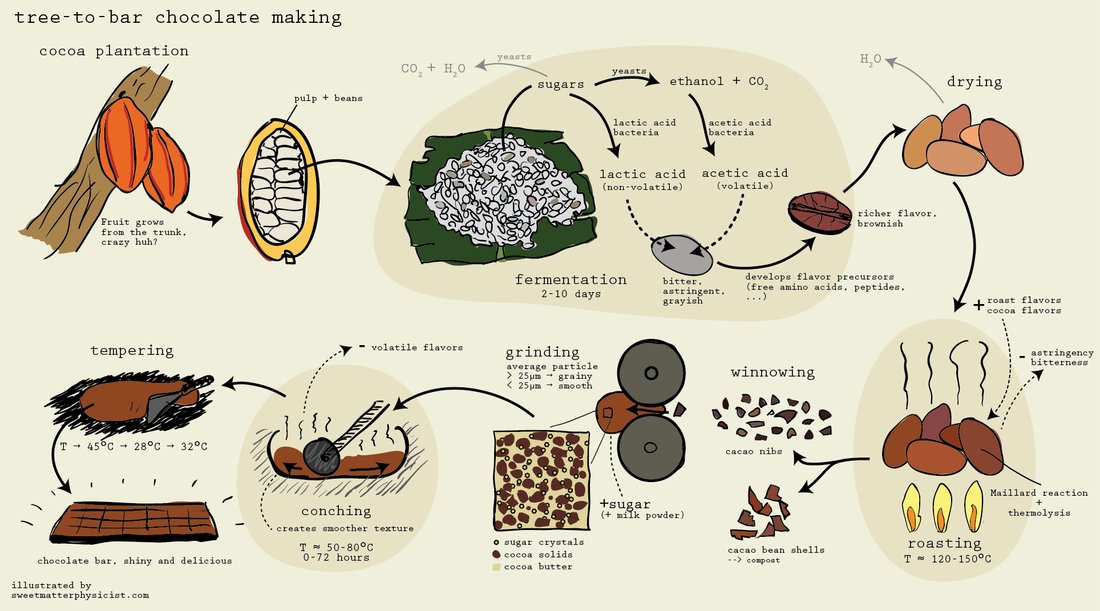
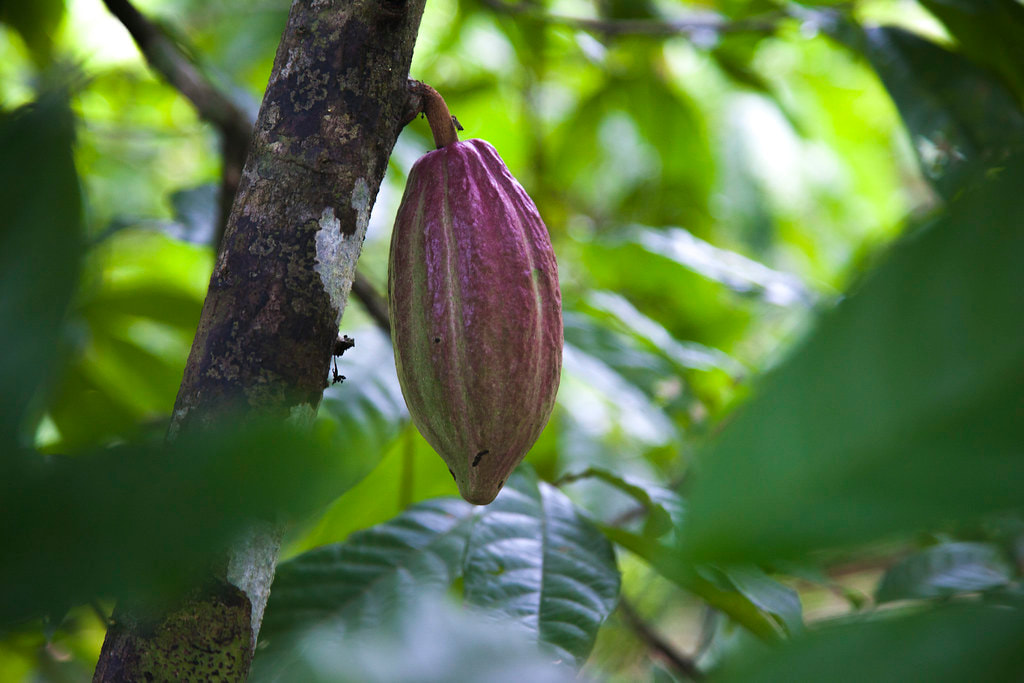
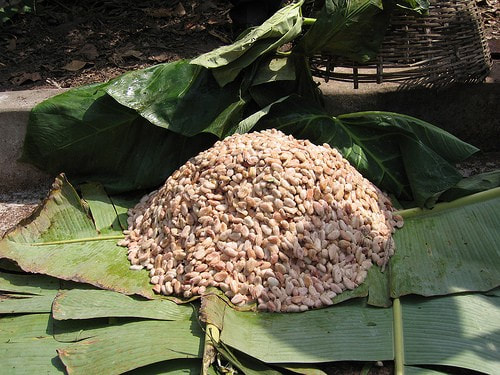
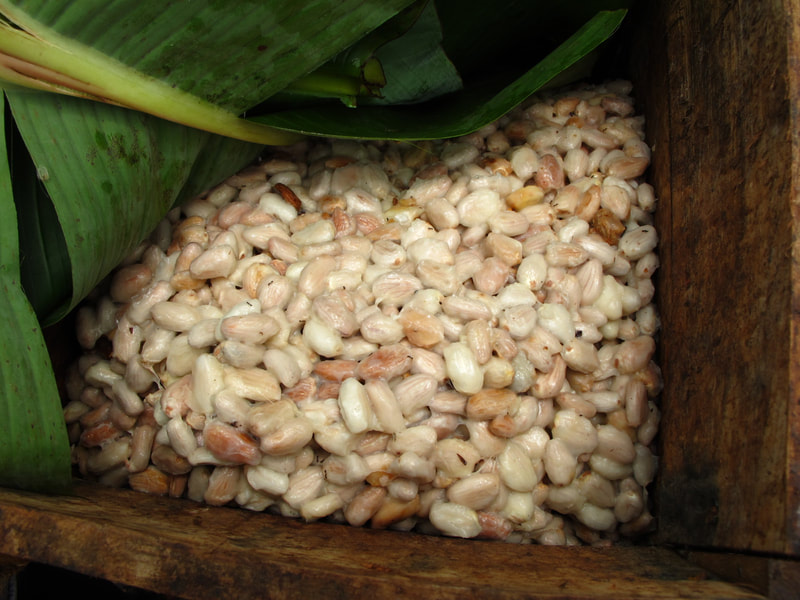
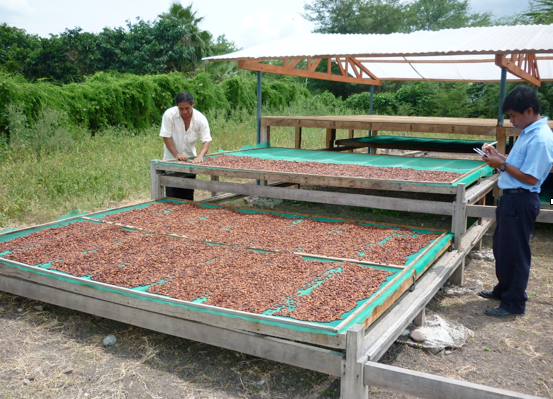
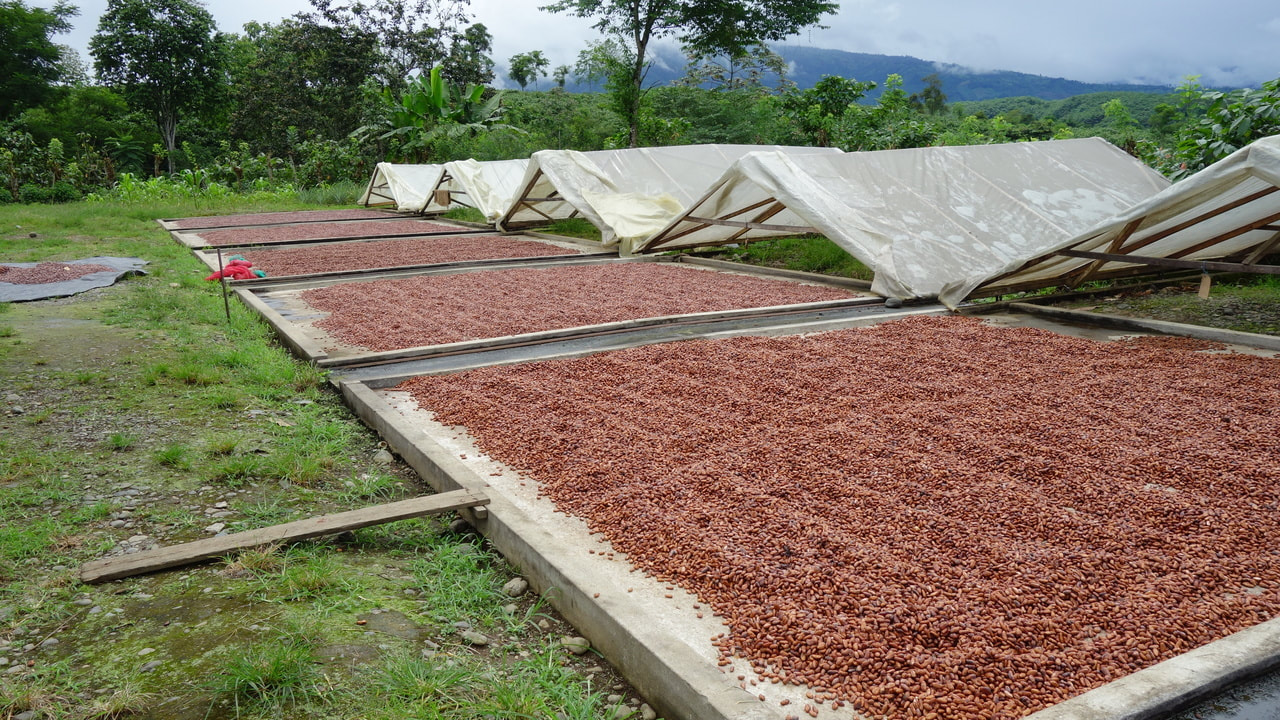
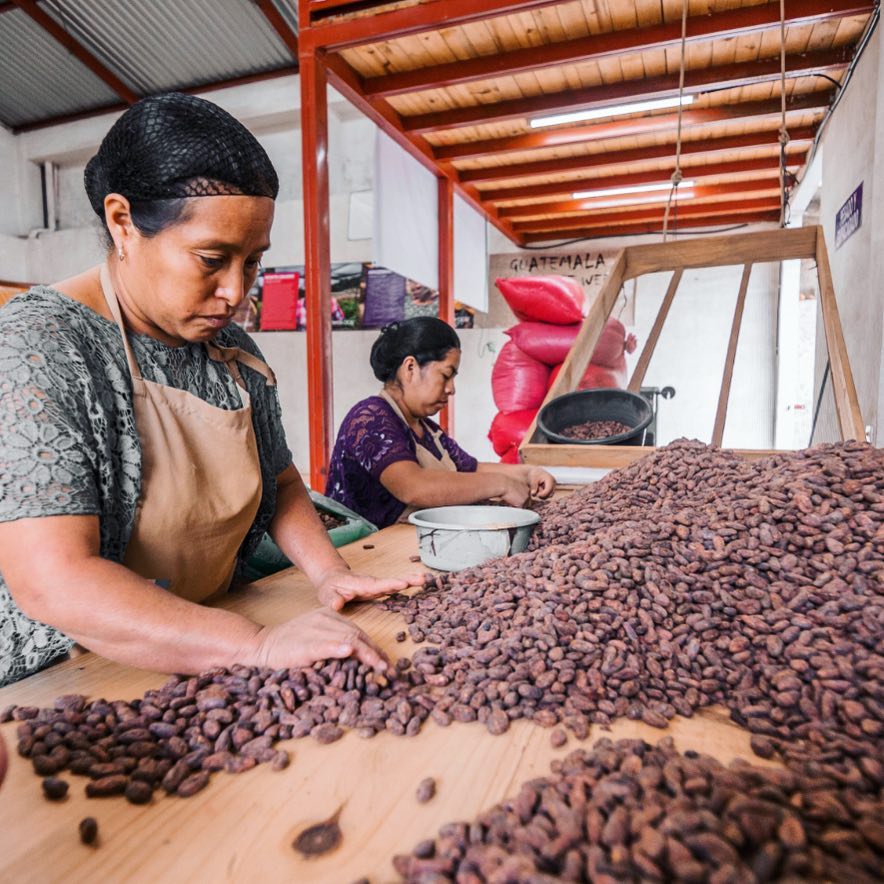
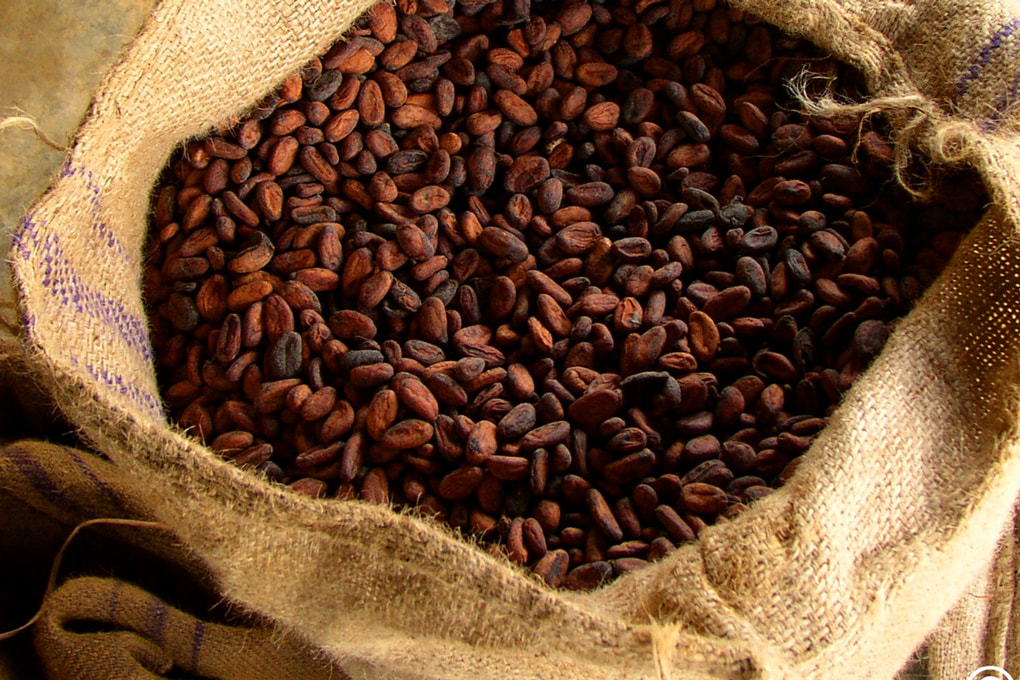
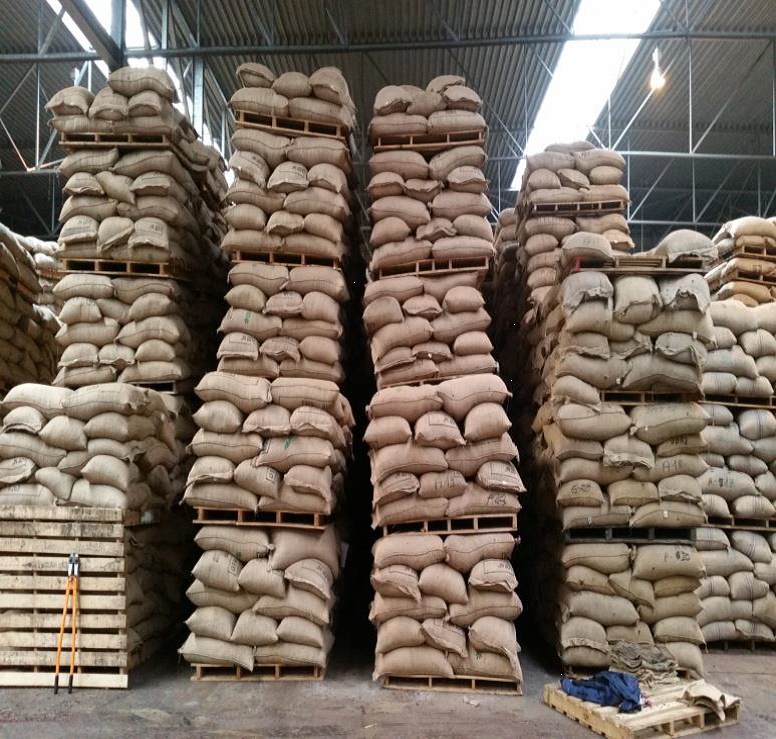
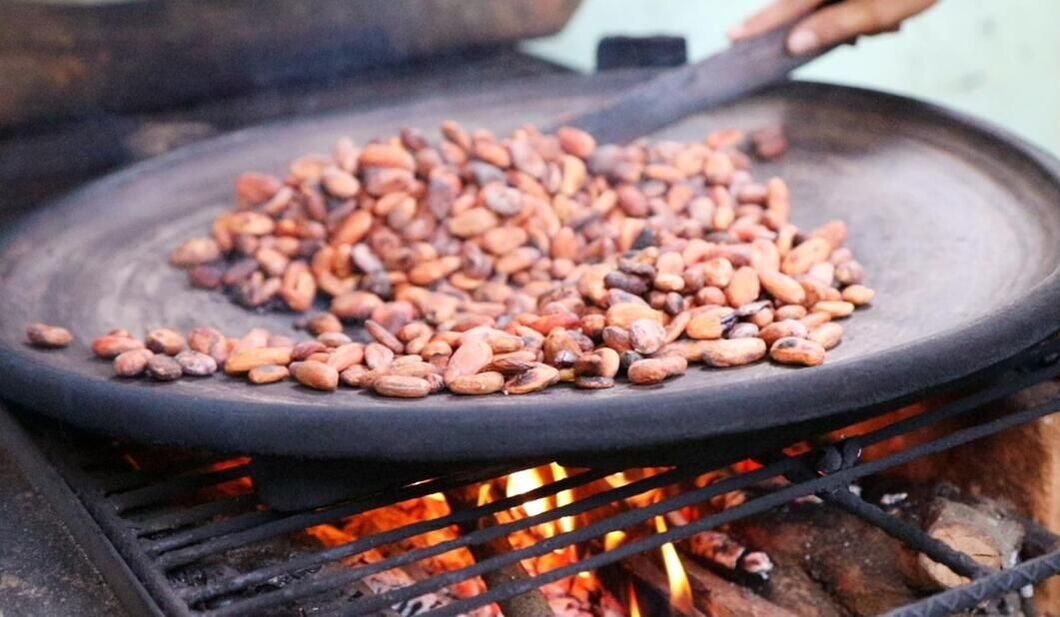
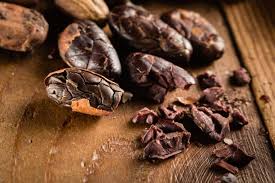
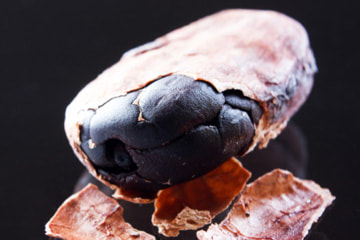
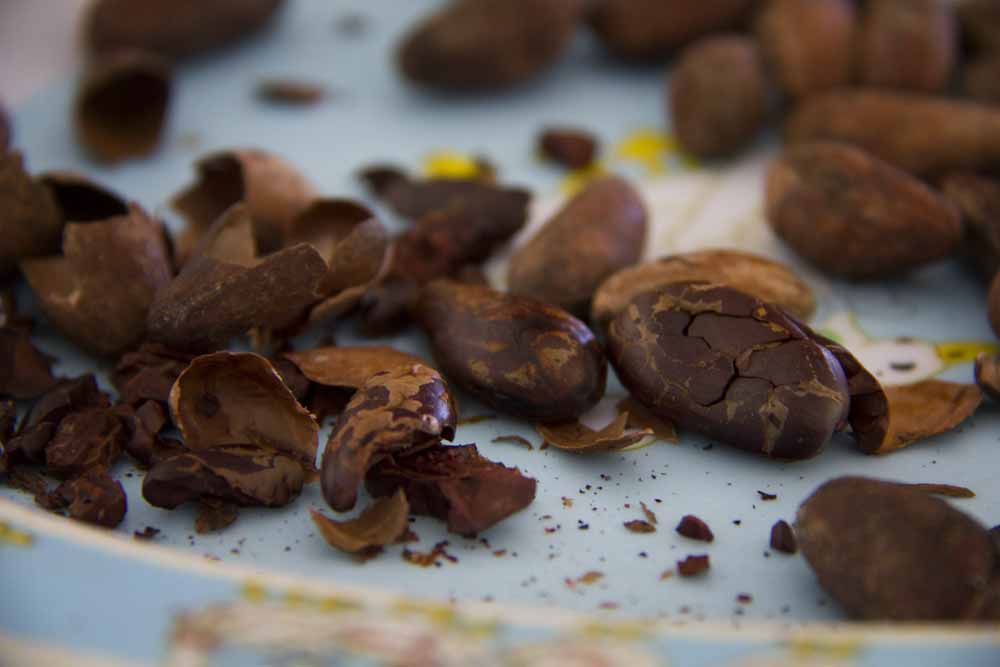
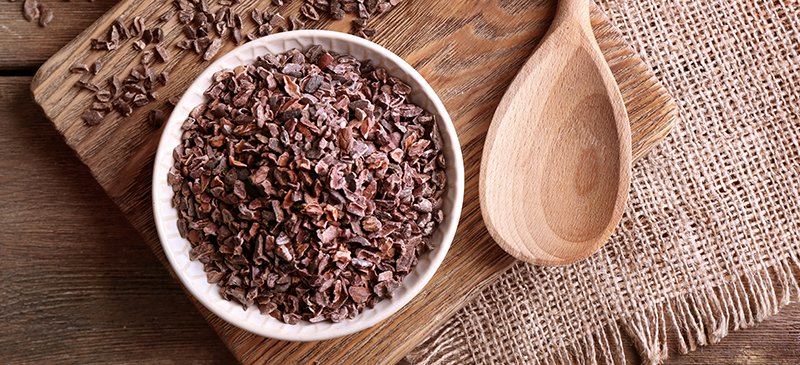
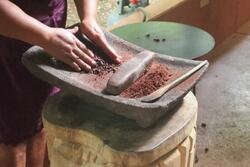
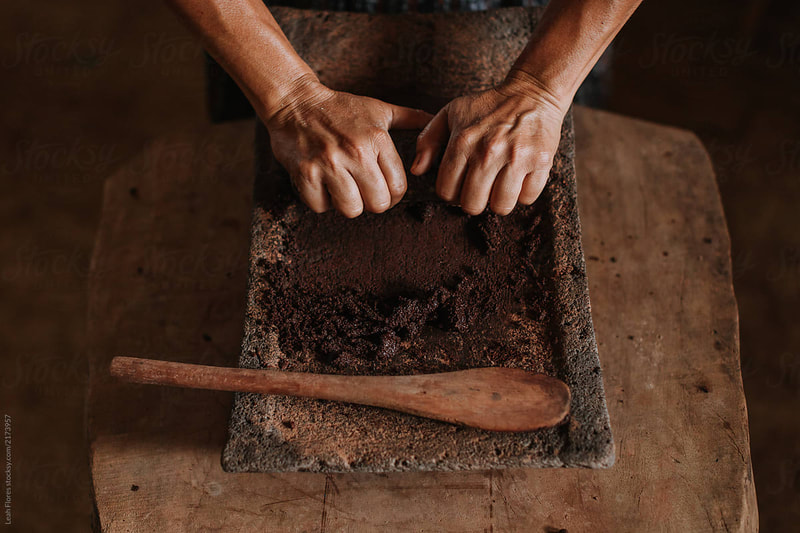
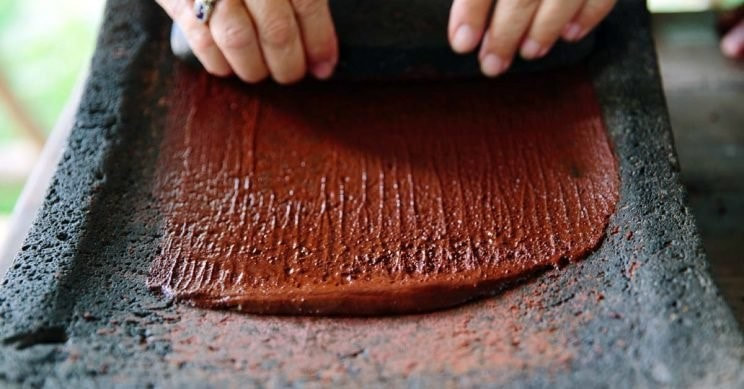
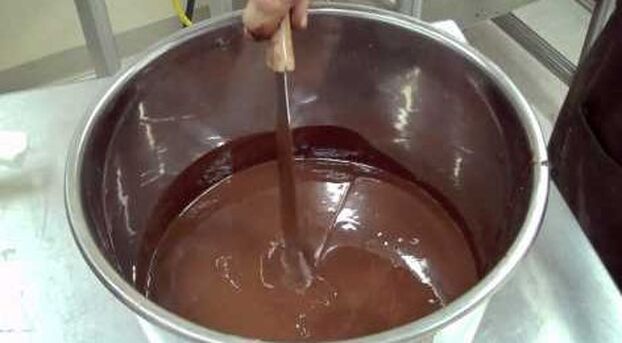
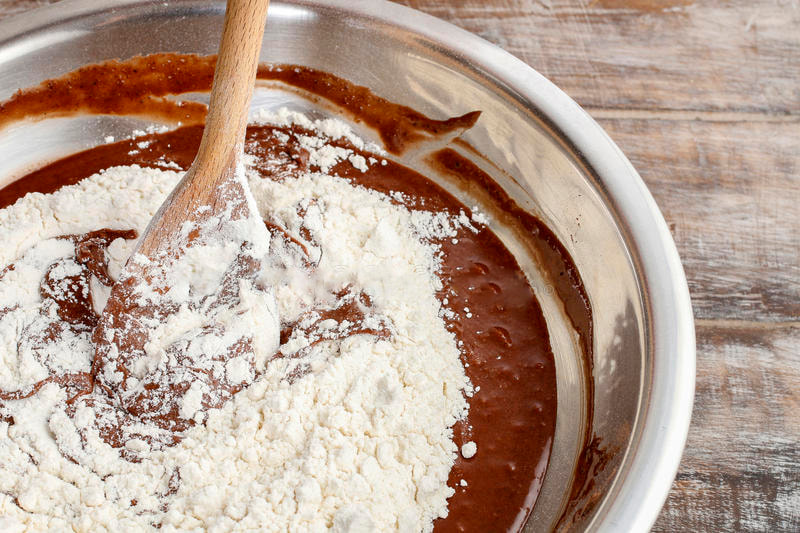
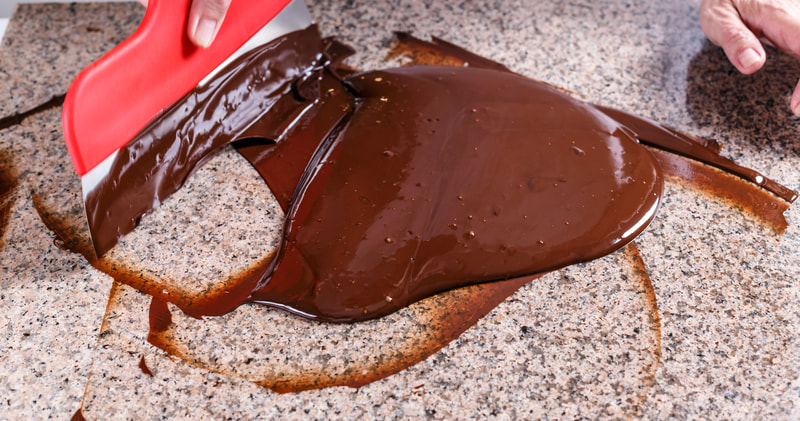
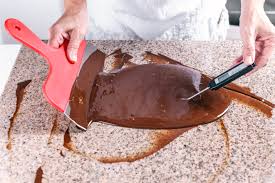
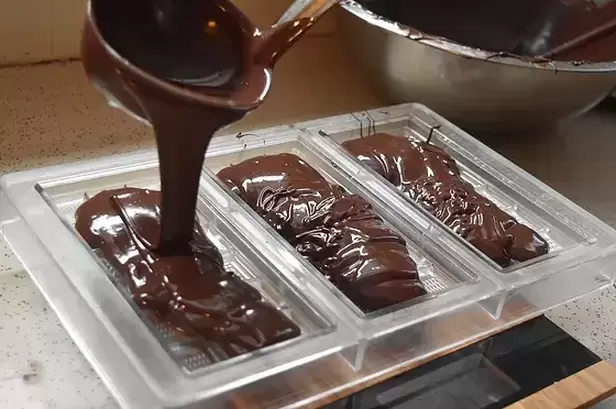
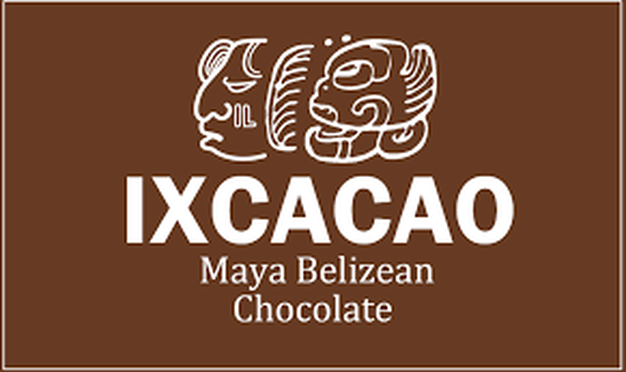
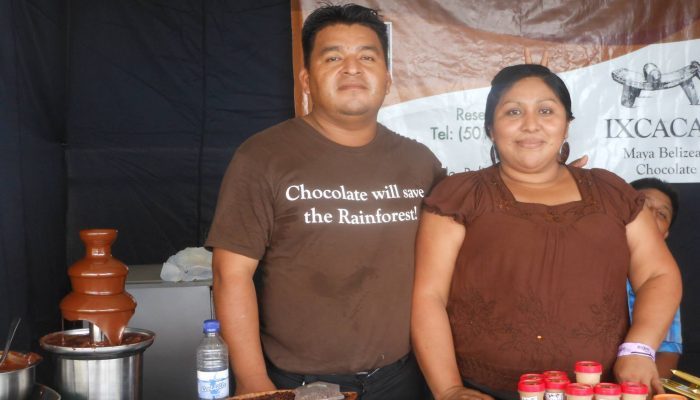
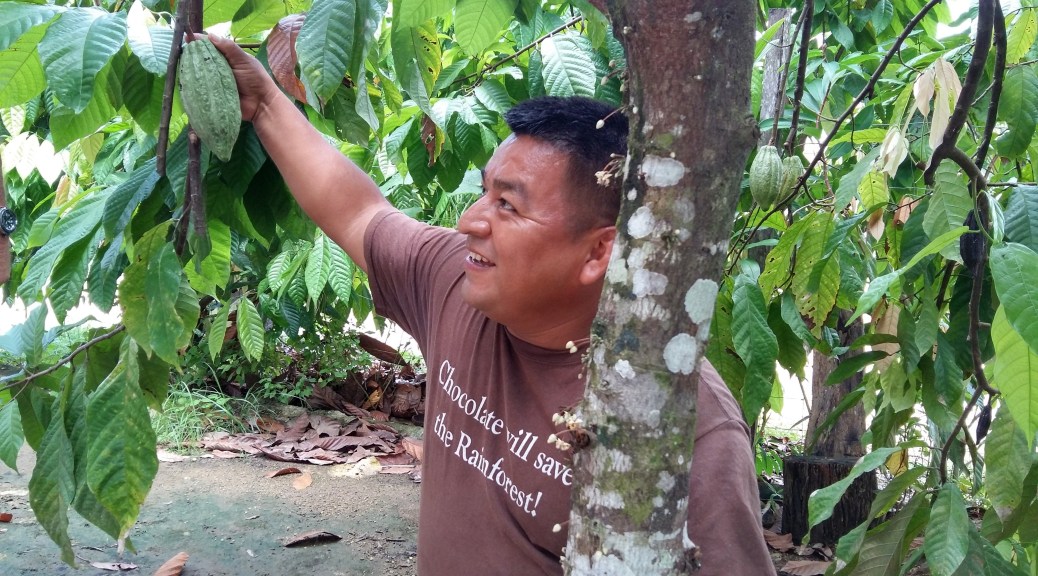
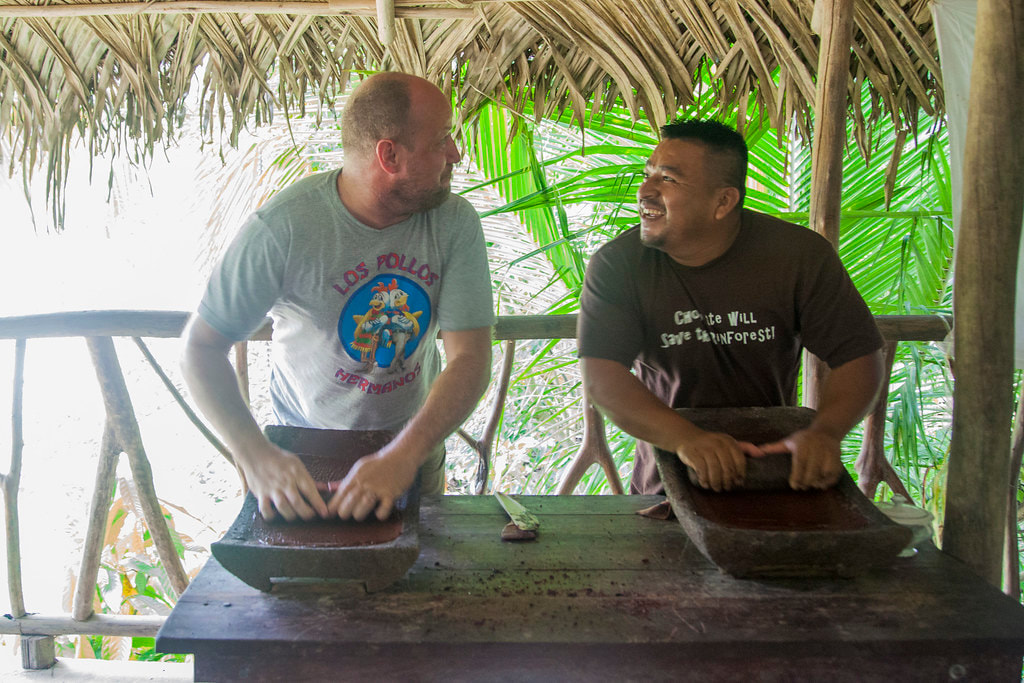
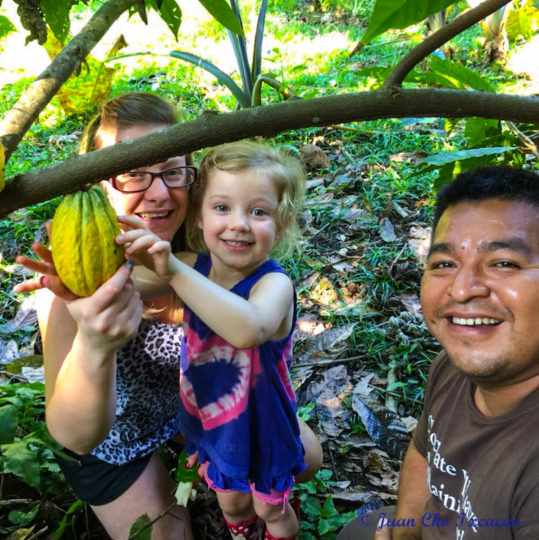
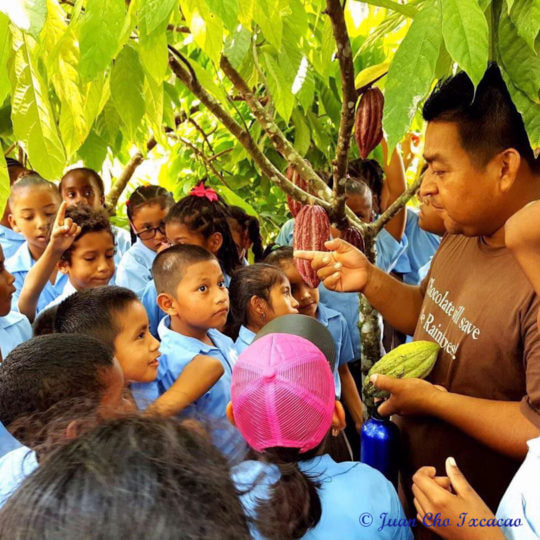
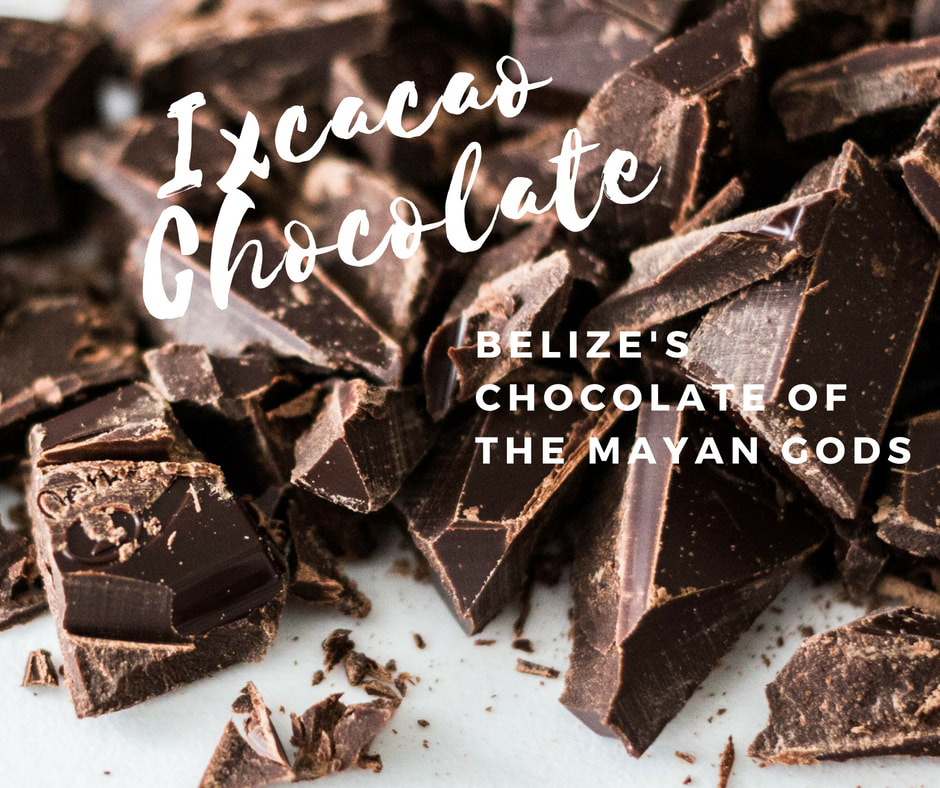
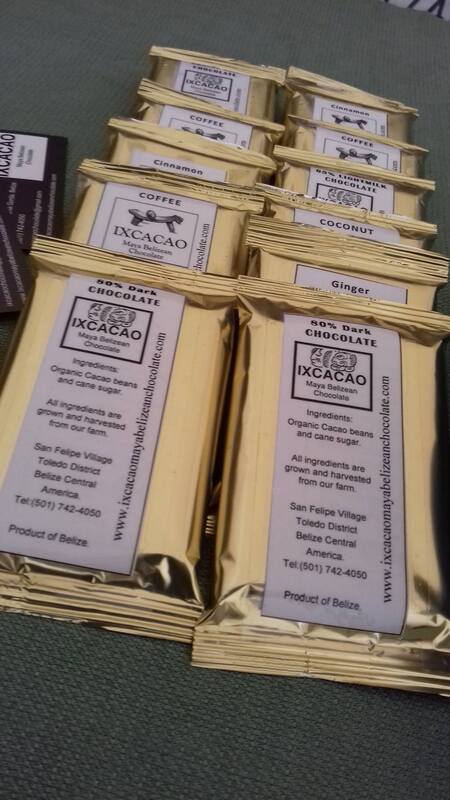
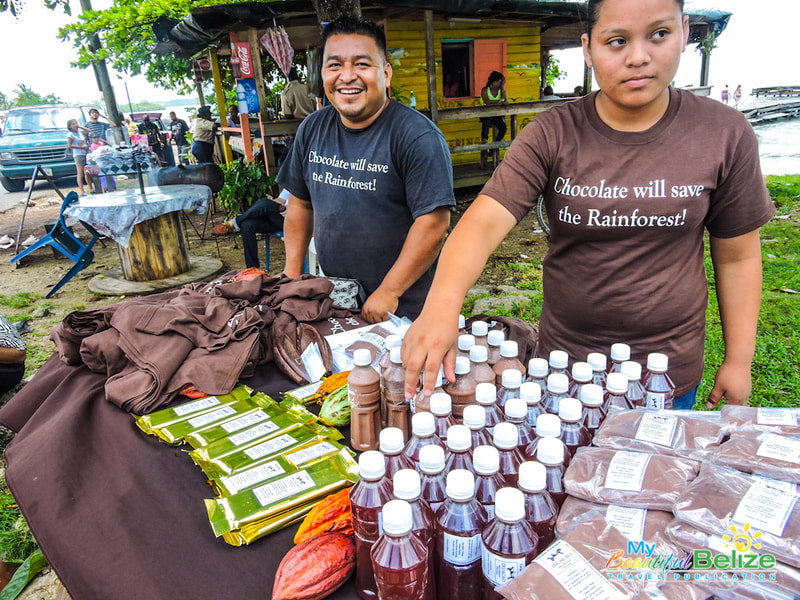
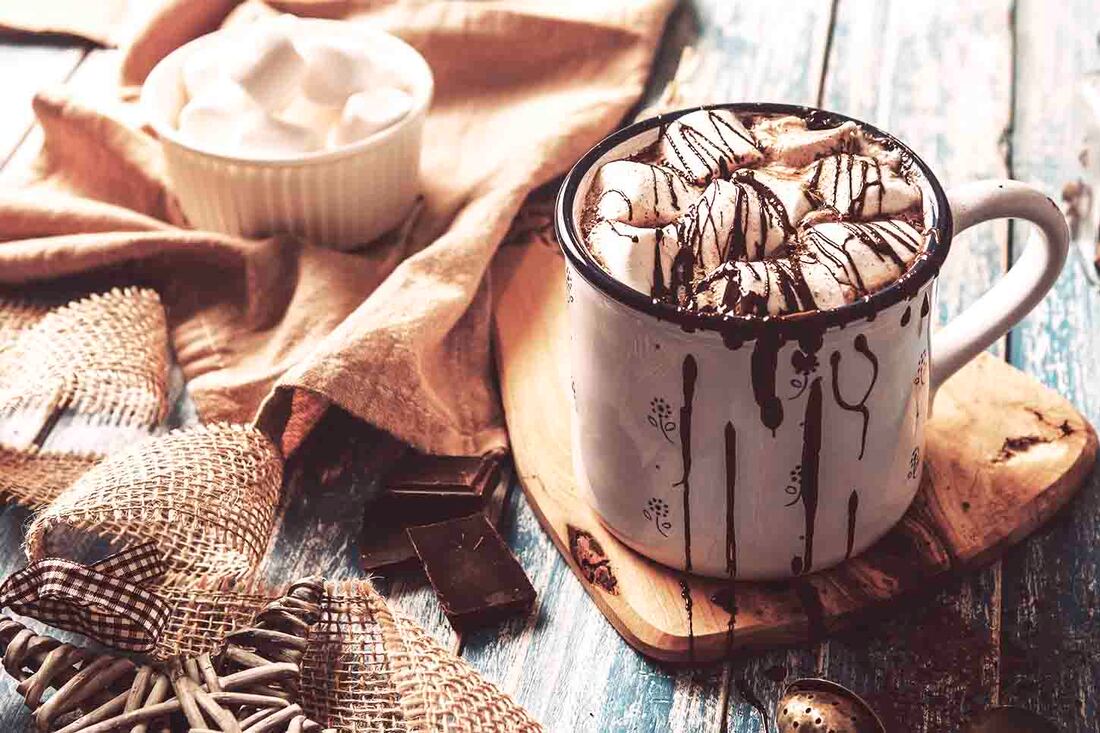
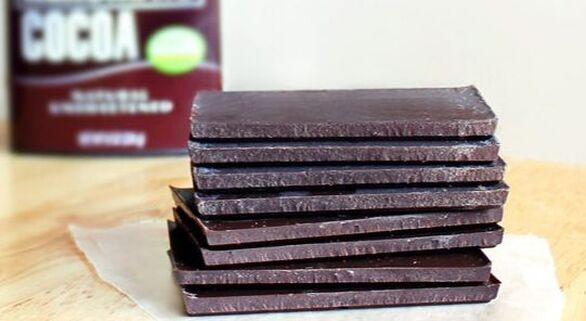
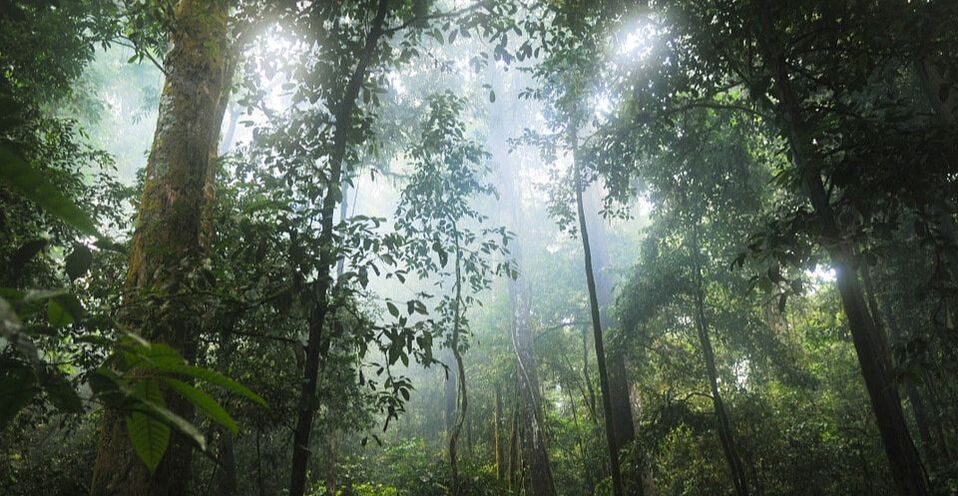
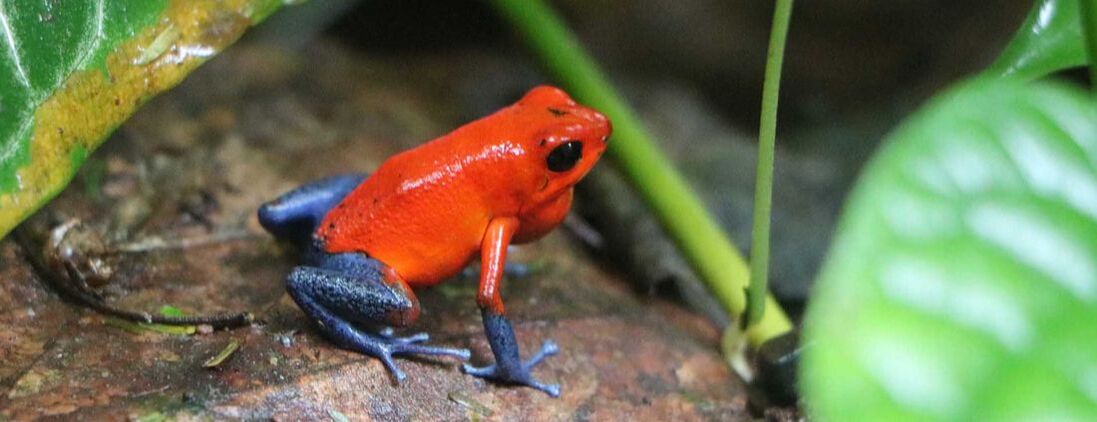
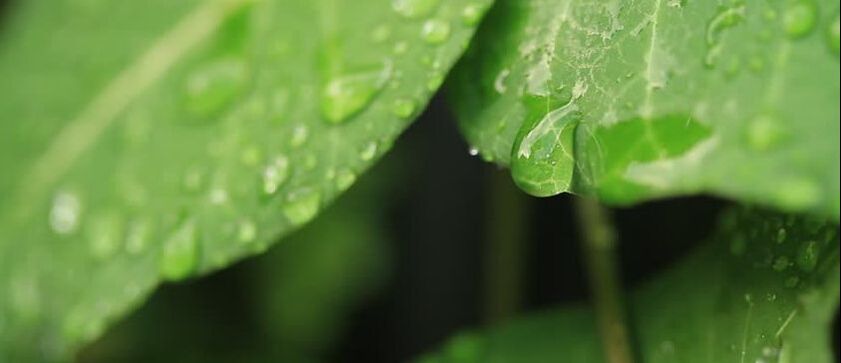
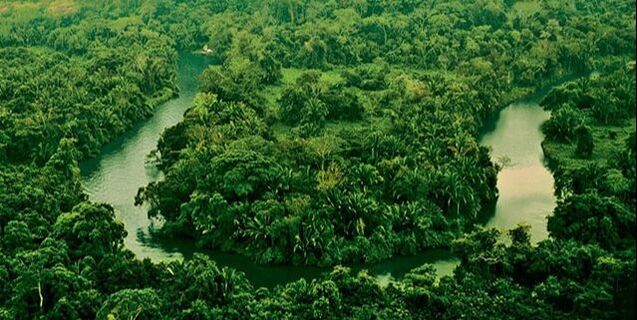
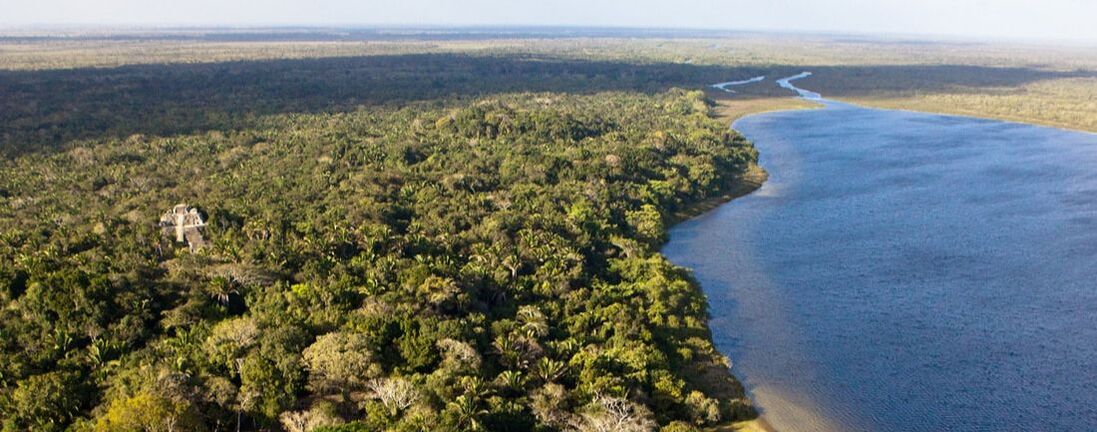
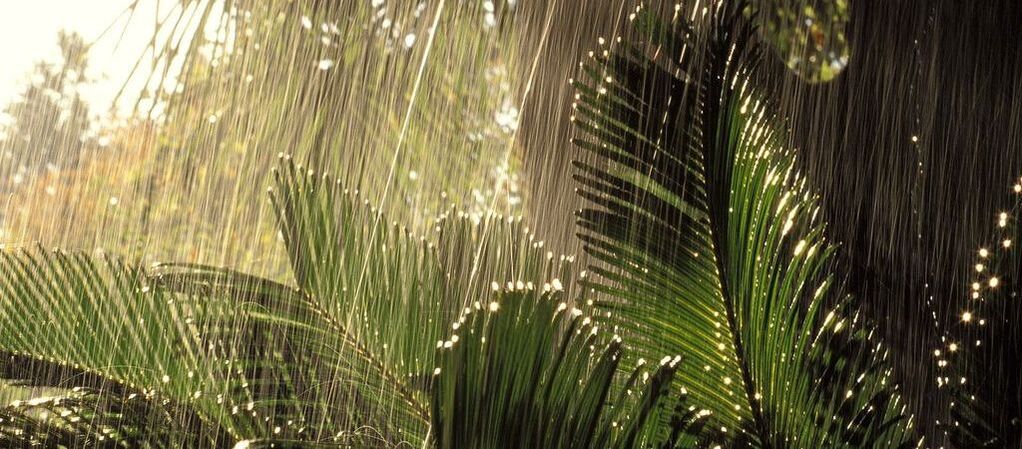
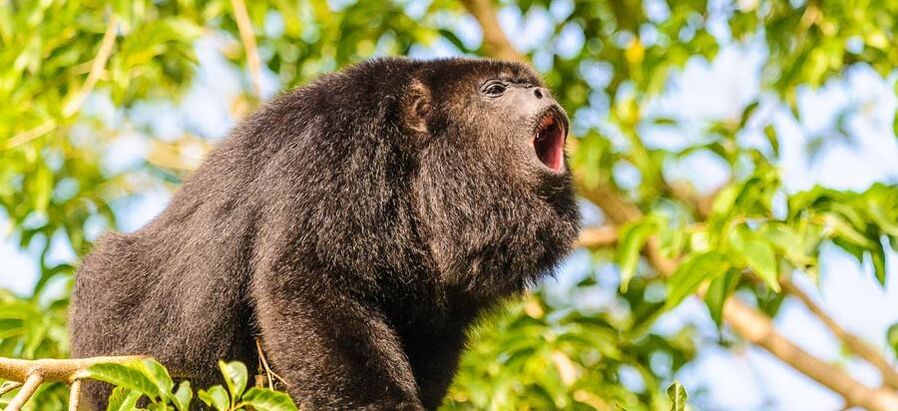
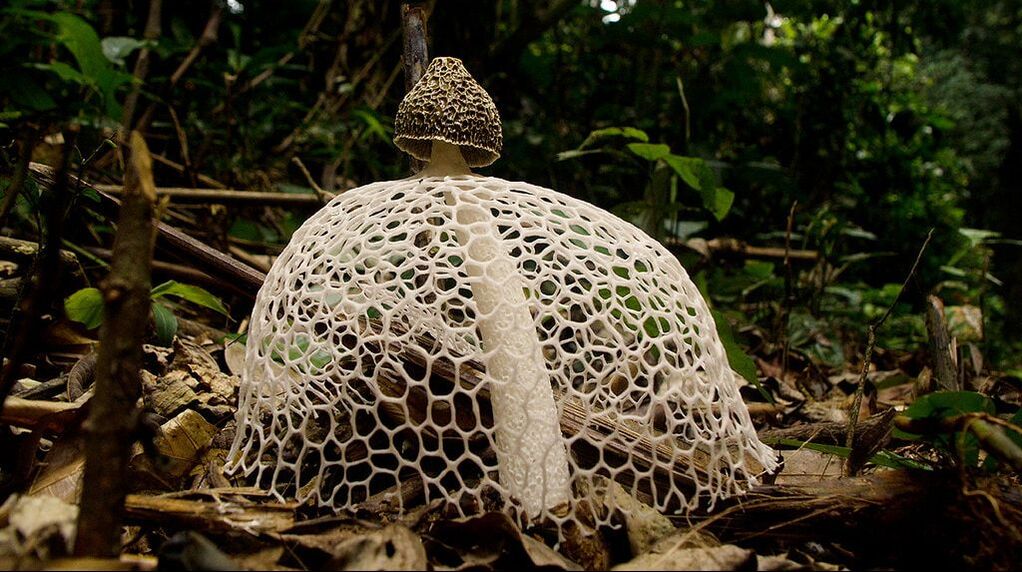
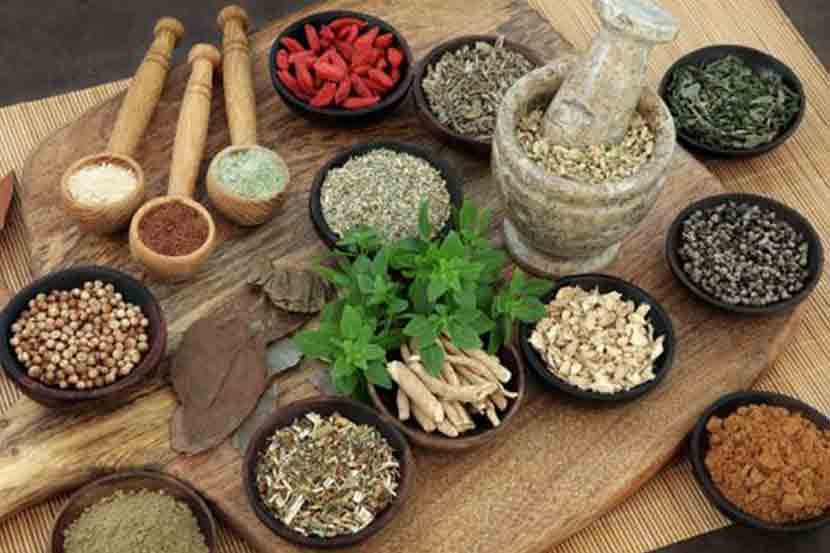
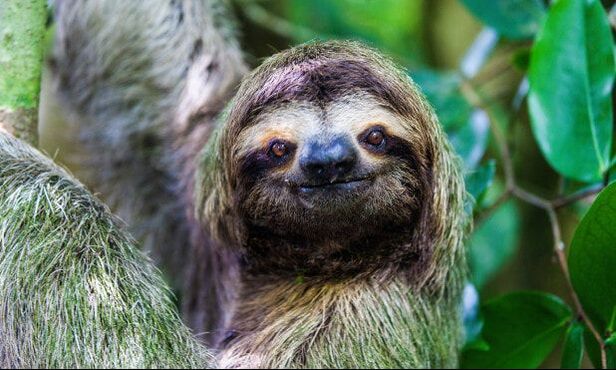
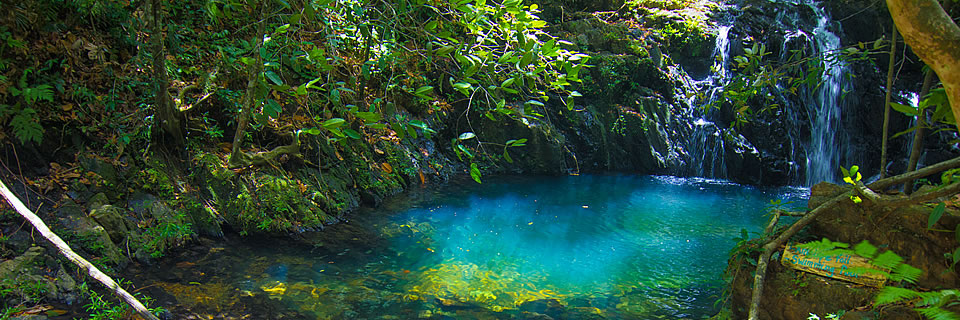
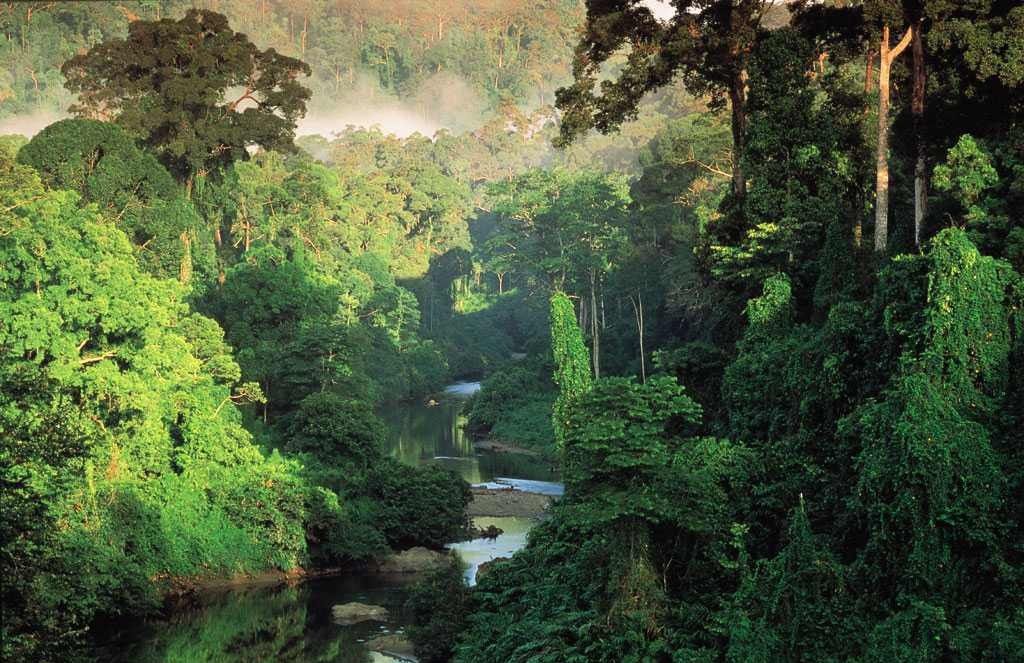
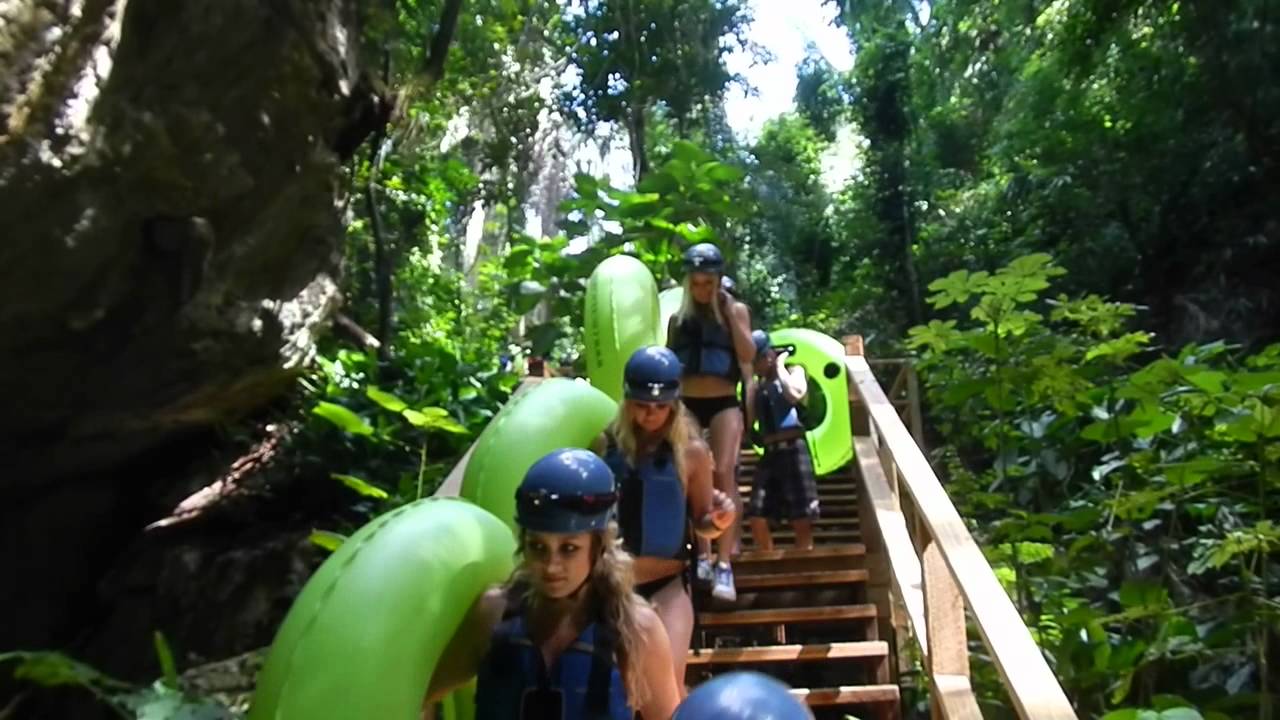

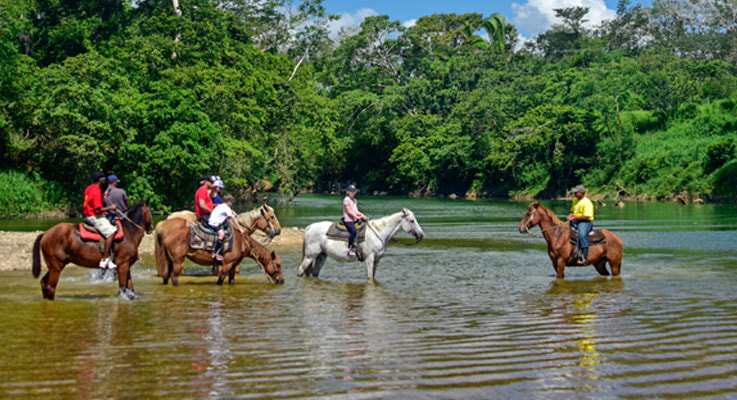

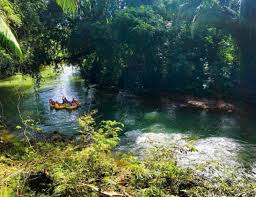
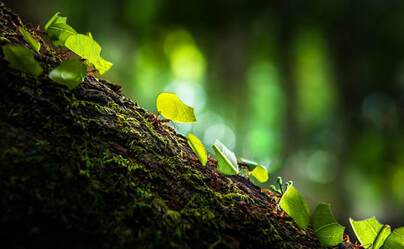
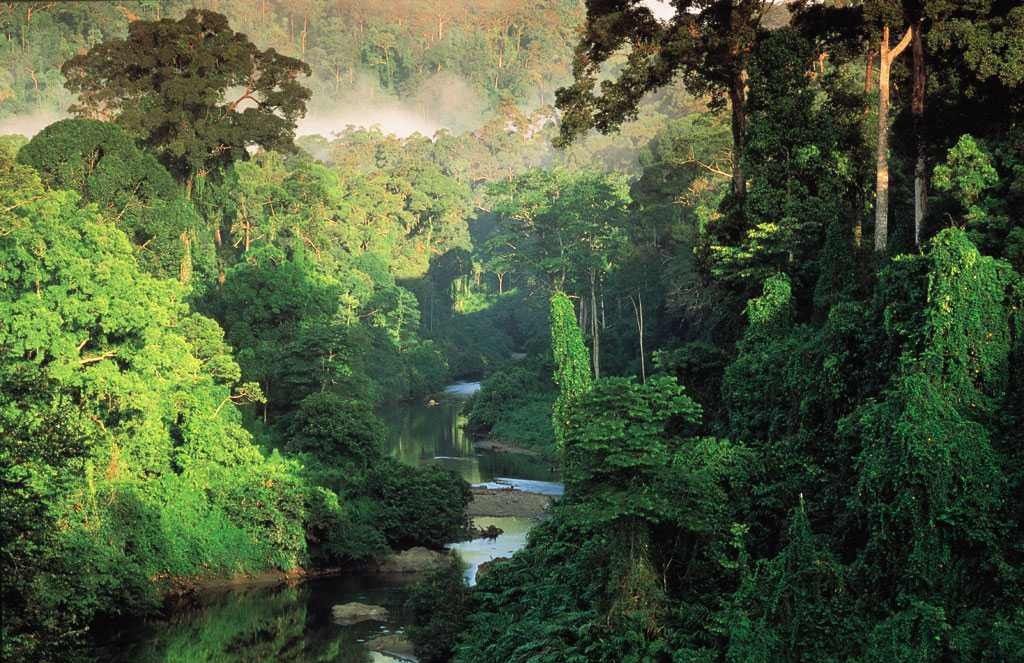

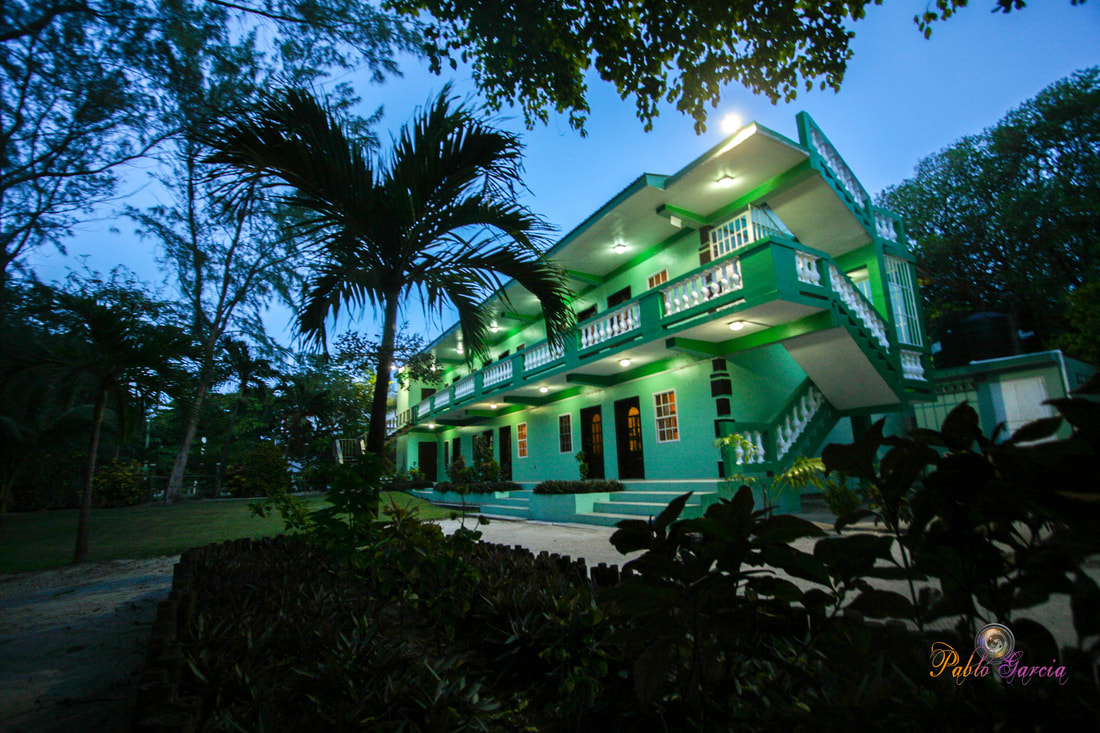
 RSS Feed
RSS Feed

